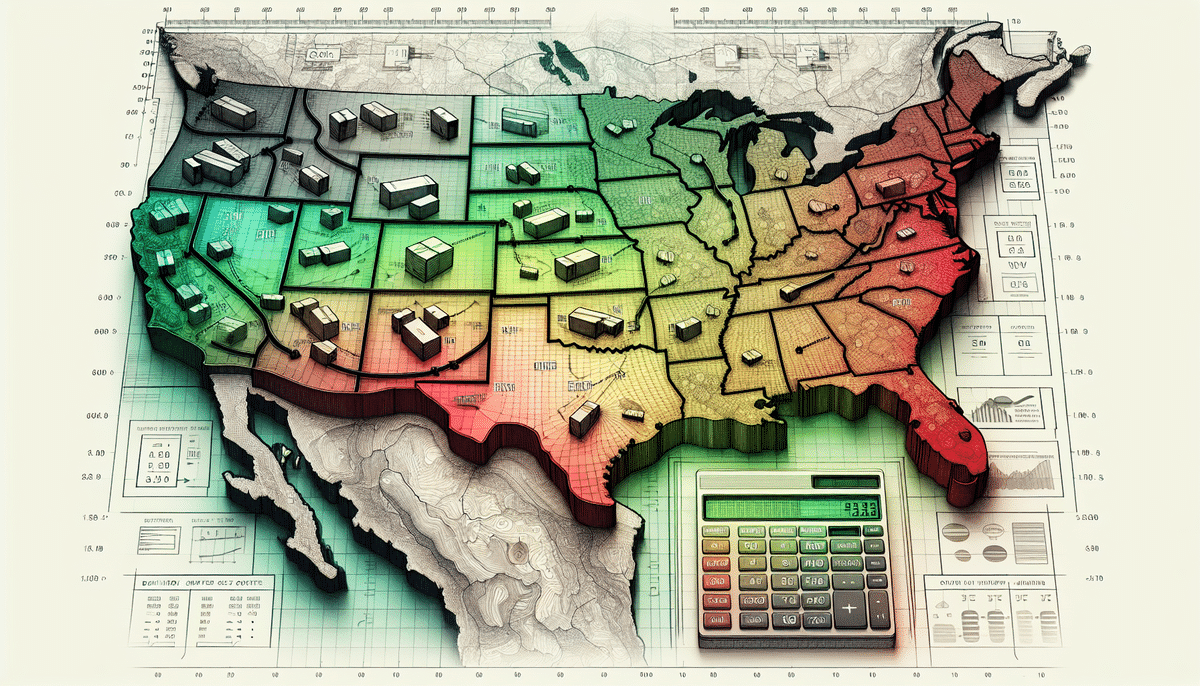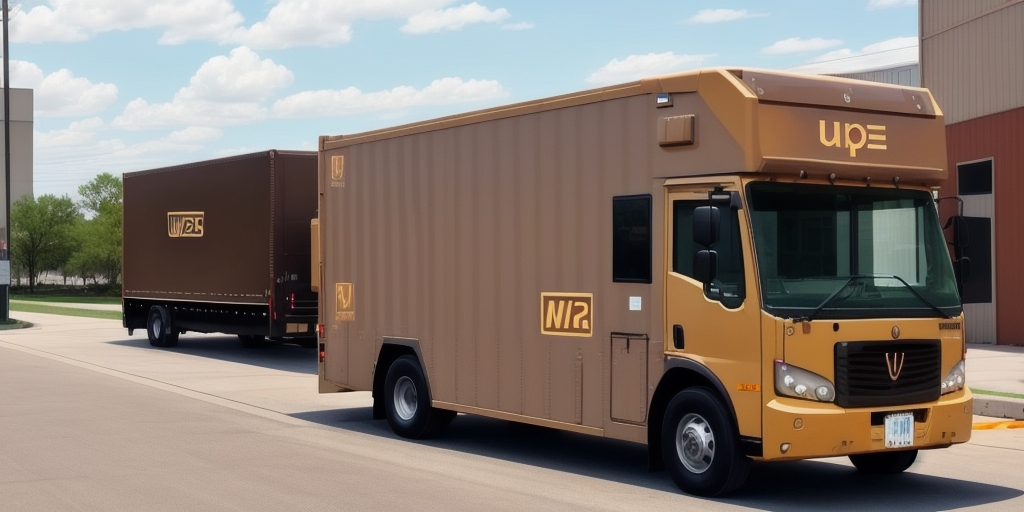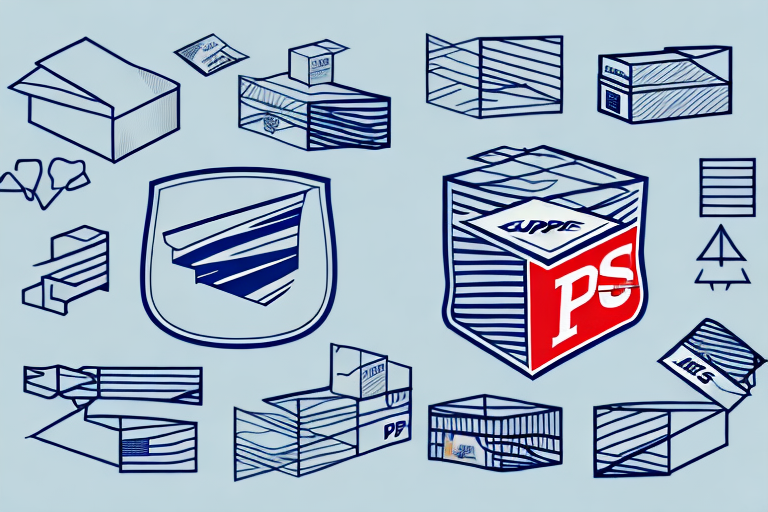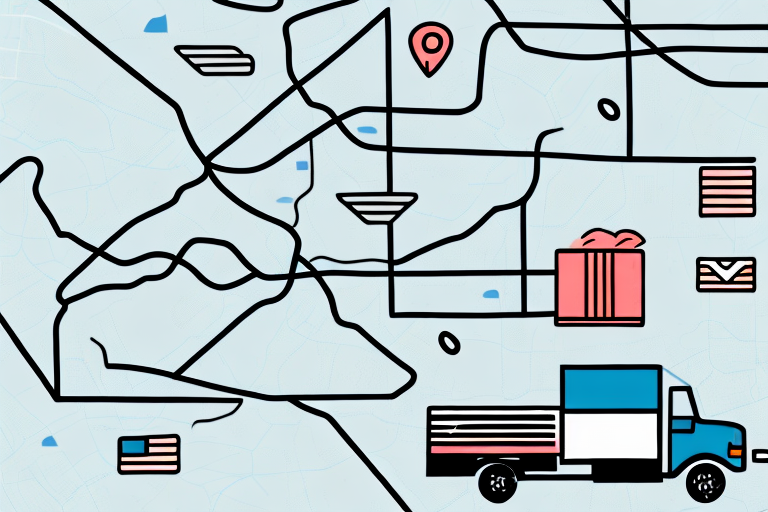Understanding the UPS Ground Zone Chart
Shipping is a crucial aspect of any business, and it is imperative to have a comprehensive understanding of the various factors involved. The UPS Ground Zone Chart is a valuable tool that businesses can use to calculate shipping costs accurately. In this article, we will take an in-depth look at this chart, how it works, its benefits, and ways to use it effectively to save time and money.
How the UPS Ground Zone Chart Works
The UPS Ground Zone Chart is a shipping tool that helps you determine the cost of shipping packages within the United States. The chart calculates the distance between the origin and destination ZIP codes and determines the shipping charges based on the weight of the package and the distance it will travel.
The chart consists of zones that range from Zone 2, covering the shortest distances, to Zone 8, encompassing the longest distances. The higher the zone, the greater the distance, and consequently, the higher the shipping cost.
It's important to note that the UPS Ground Zone Chart is not the sole factor determining shipping costs. Other variables, such as package dimensions, delivery speed, and additional services like insurance or signature confirmation, also influence the final cost. For a more accurate estimate of your shipping costs, it's recommended to use the UPS shipping calculator.
Reading and Interpreting the UPS Ground Zone Chart
The UPS Ground Zone Chart features a map of the United States divided into eight color-coded zones, based on the distance from the package's origin to its destination. When shipping a package with UPS, the chart helps you determine the applicable zone for your shipment, thereby calculating the shipping cost.
Beyond distance, other factors like package weight, dimensions, and delivery speed play roles in determining the shipping cost. Additionally, UPS offers discounts for high-volume shippers and those who utilize their online shipping tools. Therefore, it's advisable to compare shipping rates and options before finalizing your shipping decision to ensure cost-effectiveness.
Benefits of Using the UPS Ground Zone Chart
The UPS Ground Zone Chart offers numerous benefits for businesses:
- Accurate Cost Calculation: Ensures you are charged correctly based on the distance and weight of your packages.
- Better Planning: Helps businesses forecast shipping costs and allocate resources efficiently.
- Cost Comparison: Facilitates comparison with other carriers to identify the most cost-effective shipping options.
- Delivery Time Estimates: Provides clear understanding of delivery times based on zones, aiding in managing customer expectations and ensuring timely delivery.
- Process Optimization: Enables businesses to analyze shipping data, identify patterns, and optimize shipping operations for cost savings and improved efficiency.
Ensuring Accuracy and Avoiding Mistakes
Importance of Accurate Information
The accuracy of the UPS Ground Zone Chart is critical to prevent overcharging or undercharging for shipping. The chart considers both the distance your package travels and its weight to calculate the shipping cost accurately.
Providing precise ZIP codes and accurate package weights is essential. Incorrect information can lead to discrepancies and additional shipping charges. Moreover, accurate data ensures that your package arrives at its intended destination on time, avoiding delays or lost packages.
Accurate information also contributes to cost savings. Underestimating package weight can result in higher shipping costs, while overestimating can lead to unnecessary expenses by being charged for a higher weight class.
Common Mistakes to Avoid
- Inaccurate ZIP Codes: Always provide the correct ZIP codes to avoid additional charges or delivery delays.
- Incorrect Weight Estimation: Ensure accurate weight measurements to prevent extra charges or package rejection.
- Wrong Packaging: Using inappropriate package sizes or types can result in supplementary fees.
- Poor Labeling: Properly label your package with the recipient's name, address, and phone number to ensure correct delivery.
- Shipping Prohibited Items: Avoid shipping items that are restricted or prohibited by UPS to prevent legal issues and additional charges.
Practical Tips for Optimizing Your Shipping
Saving Time and Money
- Use Accurate ZIP Codes: As emphasized earlier, accurate ZIP codes are vital for correct cost calculations and timely deliveries.
- Check Delivery Dates: Utilize the chart to estimate delivery dates based on zones, avoiding unnecessary costs for expedited shipping.
- Consider Package Weight and Dimensions: Accurately measure and weigh your packages to prevent extra charges for oversized or overweight items.
- Consolidate Shipments: If shipping multiple packages, consider combining them into a single shipment to reduce costs.
Factors Influencing Shipping Costs
Several factors influence shipping costs according to the UPS Ground Zone Chart:
- Destination Distance: The further the distance, the higher the shipping cost.
- Package Weight and Dimensions: Heavier and larger packages incur higher fees.
- Additional Charges: Costs such as fuel surcharges and residential delivery fees can affect the total shipping cost.
- Packaging Type: The size and type of packaging can influence the total cost.
- Shipping Method: Expedited shipping options are more expensive than standard shipping.
- Seasonal Demand: Shipping costs may rise during peak seasons like holidays due to higher demand.
UPS Ground Zone Chart in Comparison to Other Carriers
Comparing shipping rates among different carriers can help businesses save on shipping costs. The UPS Ground Zone Chart can be utilized to estimate shipping costs and compare them with rates offered by other carriers such as FedEx or USPS.
It's important to note that shipping rates vary based on destination, package weight, and additional charges. Conducting thorough research and comparing shipping options is essential to identify the most cost-effective carrier for your specific needs.
Additionally, consider the delivery time and any extra services offered by the carriers, such as package tracking and insurance, which may be beneficial depending on your shipment requirements.
Conclusion
The UPS Ground Zone Chart is an essential tool for businesses aiming to control and reduce shipping costs. Its accuracy and reliability in calculating shipping charges make it a valuable resource for businesses of all sizes. By using the chart effectively, businesses can save time, money, and resources.
It's important to ensure that you're using the most up-to-date version of the UPS Ground Zone Chart, as it is regularly updated to reflect changes in shipping rates and zones. Additionally, comparing shipping costs between UPS and other carriers using the chart can help determine the most cost-effective option for your needs. Overall, the UPS Ground Zone Chart is a powerful tool for businesses looking to streamline their shipping processes and reduce expenses.








